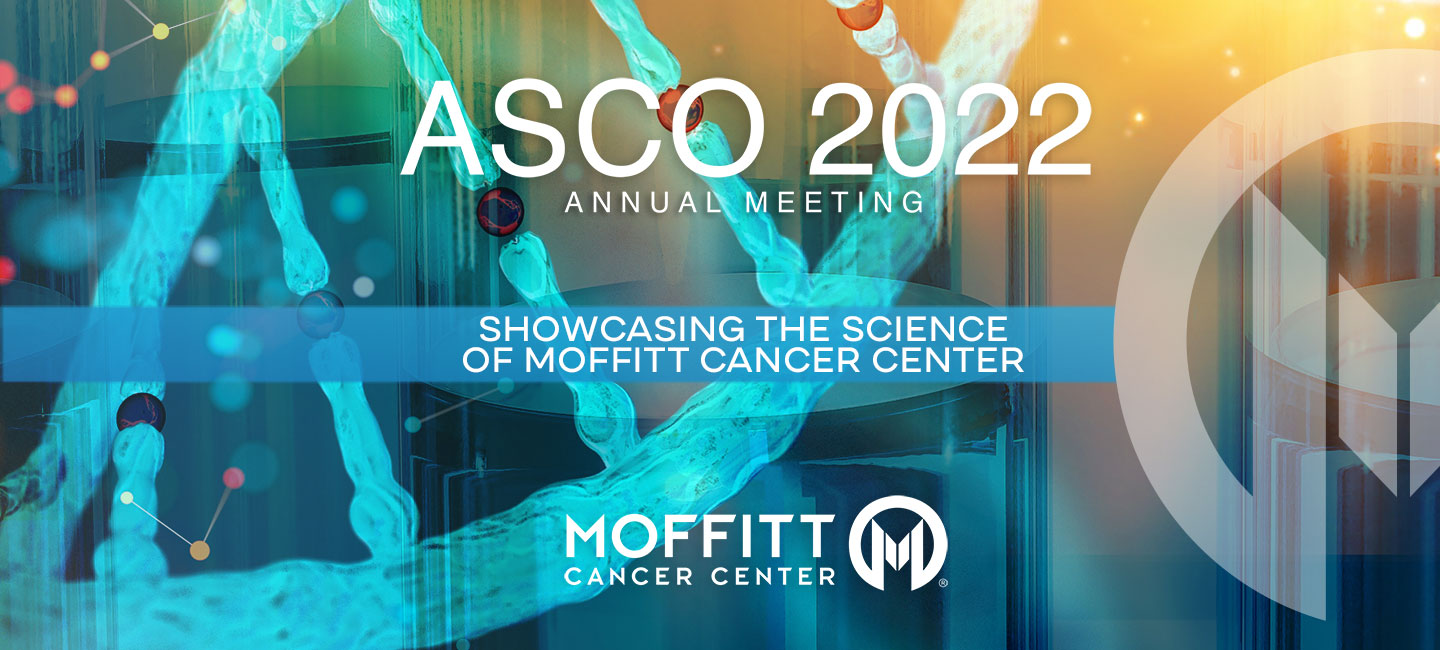Genomics, Not Specific Tumor Sites, Could Influence Future Cancer Treatment
Learning more about the DNA and RNA of a tumor rather than focusing just on the location of it could eventually lead to better understanding of cancer and treatment approaches.
At least that’s the idea behind the research involving Dr. Jacob Adashek, a resident at Moffitt Cancer Center’s Department of Internal Medicine. He and his team presented their findings at the American Society of Clinical Oncology Annual Meeting in Chicago.
“In short, what this research does is shows us that a lot of tumors, or at least a large group of tumors’ genomic and transcriptomic expression can give us a lot more insight than just looking at the histology or the primary site of the tumor,” Adashek said. “This isn’t going to change the way we treat cancer today, but it gives us new insight and a chance to ask, ‘Why are these checkpoints associated with each other when you’d think certain checkpoints are with certain tumor types?’ ”
In recent years, immunotherapy has exploded in the oncology landscape. In particular, Lymphocyte Activation Gene 3 (LAG3) is an immune checkpoint that can be found on various T cells: CD4+, CD8+, regulatory T cells (Tregs), natural killer T cells, natural killer cells and plasmacytoid dendritic cells.
The expression of the LAG3 molecule acts to increase T-cell exhaustion, leading to decreased tumor killing, as well as an increase in immune suppressive cytokine release. Many clinical trials of LAG3 inhibitors have had modest effects, but recent data suggests that the LAG3 antibody relatlimab, together with nivolumab, a checkpoint inhibitor targeting PD-1, provided greater benefit than nivolumab alone in patients with melanoma.
Adashek points specifically to the treatment patients with melanoma receive with relatlimab and nivolumab as a conversation starter in this ongoing research. If the treatment can be impactful on a melanoma cancer cell, why couldn’t it be just as effective on a cancer cell with a similar genetic makeup in a different location?
“Some cancer sites are specific to treatment,” Adashek said. “But this study could potentially change that. With what we looked at, it doesn’t matter what the cancer is or even where the primary site is. It is more important to see what other molecules are expressed on the tumor.”
His study, a collaboration with researchers from the University of California San Diego, Roswell Park, MD Anderson, the WIN Consortium and OmniSeq, involved more than 500 patients.
Adashek and his colleagues looked at those patients and studied how much RNA was expressed in about 400 genes. They learned at what level different genes are expressed and ranked them from low, or zero, to super high, 100.
“Physicians try to give these drugs in blanket histologies, like melanoma, lung or colon cancer,” Adashek said. “What we want to know is if it’s more important to see what other molecules are expressed in the tumor rather than where the cancer is, where its primary site may be.”
Of the over 500 patients involved in this study, 116 had high LAG3 and there was no association between high LAG3 and any specific type of cancer.
“What we found is that with specific checkpoints, there is an association,” Adashek said. “So, giving a drug that blocks high LAG3 and CTLA4, for example, might make more sense and might give you more bang for your buck or those patients may simply do better.”
While the findings were interesting, they are far from conclusive, Adashek stresses. There is still more research to be done to answer some outstanding questions.
“Our goal is to learn how we can get the right drug to the right patient at the right time,” Adashek said. “This can be done by continuing to look at genomics, transcriptomics and immunomics. Fifty or even 20 years ago, we didn’t have the tools to see the genetic makeup of tumors and now we do. Eventually we should be able to say more about the genomic landscape of the tumor and approach it in a way that is likely to work because we know those details rather than focusing only on its location of origin.”



